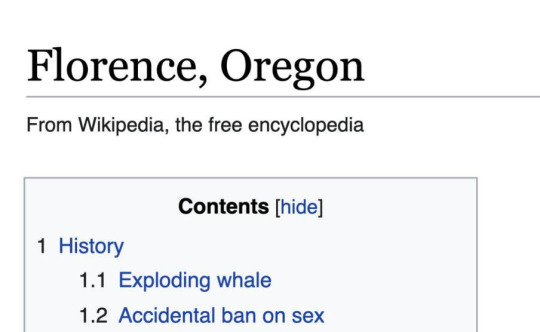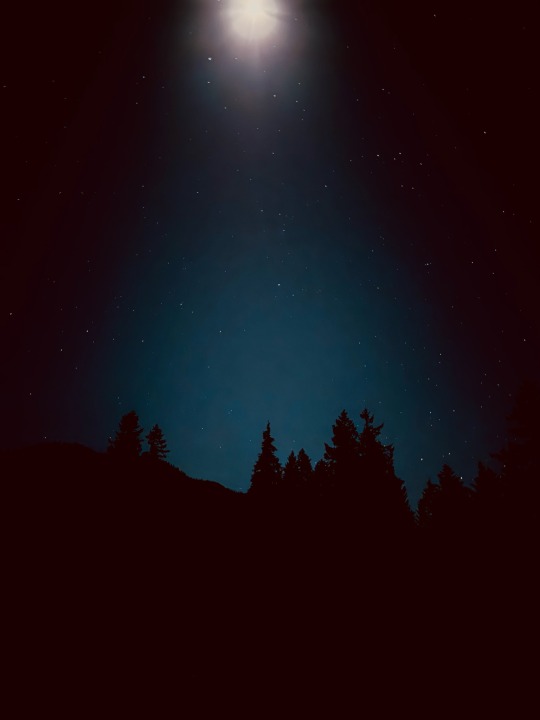#Oregon
Text

everywhere just now..stream violet..
158 notes
·
View notes
Text
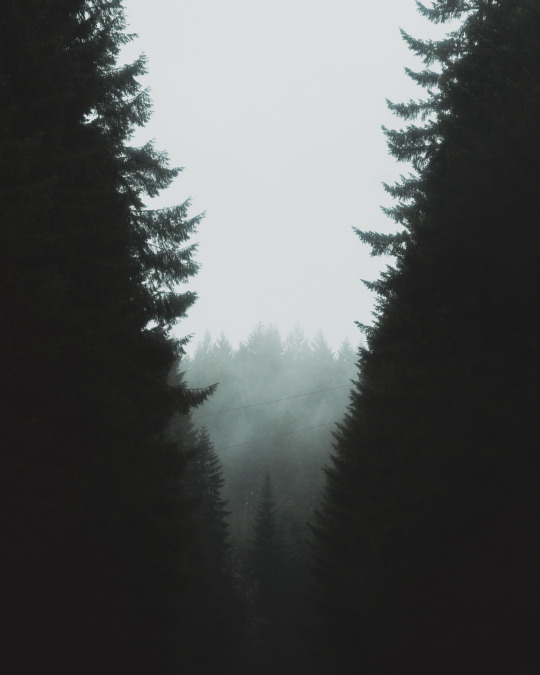
mvdso
#goth#forestcore#dark#dark and moody#forest#oregon#nature#darkcore#moody#photography#pnw artist#pnw#pnw photography#my photography#pnw gothic#pnw vibes#pnwonderland#nature photography#pacific northwest#trees#washington#foggy day#foggy morning#foggy#fog#foggy aesthetic#mist#hills#moodyphotography#moodygrams
67 notes
·
View notes
Text

December 2003 PDX Portland Oregon U.S.A.
© KOJI ARAKI Art Works
Daily life and every small thing is the gate to the universe :)
#2003#December#December 2003#PDX#Portland#Oregon#apartment#exterior wall of apartment#brick exterior wall#traffic markings#traffic sign#ONE WAY#sky#cloud#photographers on tumblr#b&w photography#black and white photography#monochrome photography#original photography#photography#koji araki art works#SONY Cyber-shot DSC-F77#Cyber-shot#SONY
33 notes
·
View notes
Text



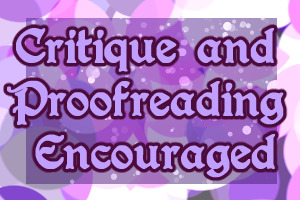
Chapter 20: Drawn to Trouble - Page 18
Chapter Synopsis: There are some odd goings on at the city park blocks, and a little girl seems to be at the center of it.
Author Comment: Wonder how Coach even plans to remove that power, but who knows what the limits of his magic are.
My Magic Grandpa is a paranormal fantasy adventure that takes place in the 90s, please check it out and spread the word if you like it
Want to have a more phone friendly viewing of the comic? Check out mymagicgrandpa.net or look for My Magic Grandpa on Tapas or Webtoons!
#comic#webcomic#artists on tumblr#supernatural#paranormal#fantasy#adventure#my magic grandpa#mmg#oregon#ch20
30 notes
·
View notes
Text

Alvord Desert, Oregon
#jlepape#monochrome#blackandwhite#bnw#photographers on tumblr#photooftheday#landscapephoto#bw_lover#photography#original photographers#raw community#oregon
30 notes
·
View notes
Text
February 28, 2024 - American military veterans burn their uniforms calling for a free Palestine, at a vigil for Aaron Bushnell in Portland, Oregon. [source]
#aaron bushnell#free palestine#palestine#solidarity#veterans#usa#martyrs#memorial#video#2024#portland#oregon#genocide#occupation#israel#apartheid#military#anti-imperialism#anti-militarism
69K notes
·
View notes
Text
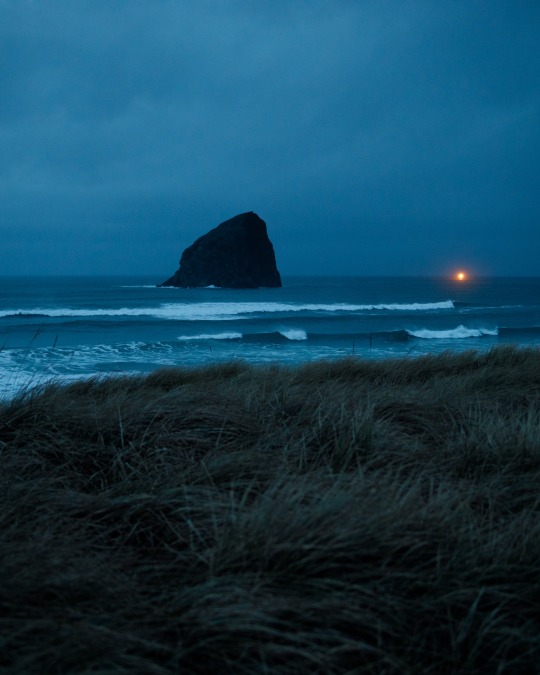

Blue sunrise on the Oregon Coast
To those wondering, it is a sunrise! 7am. The light you see is a crabbing boat
#originalphotographers#photography#lensblr#original photography blog#photographers directory#oregon#centraloregon#mountains#backcountry#pnwonderland#dark cottagecore#dark country#blue ocean#blue aesthetic#nature core
10K notes
·
View notes
Text

@midnightmovies
5K notes
·
View notes
Text

mvdso
#photography#dark#dark and moody#oregon#goth#nature#forestcore#forest#moody#darkcore#twin peaks#waterfall#pnw coast#pnwonderland#pnw vibes#pnw gothic#my photography#nature photography#pacific northwest#trees#pnw photography#pnw#moodyphotography#moodygrams#moody nature#moody aesthetic#woods#fog#mountains#landscape
20 notes
·
View notes
Text
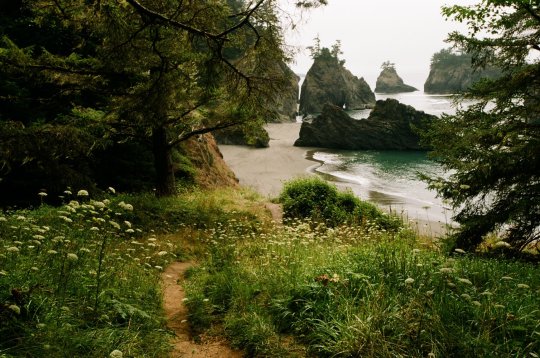
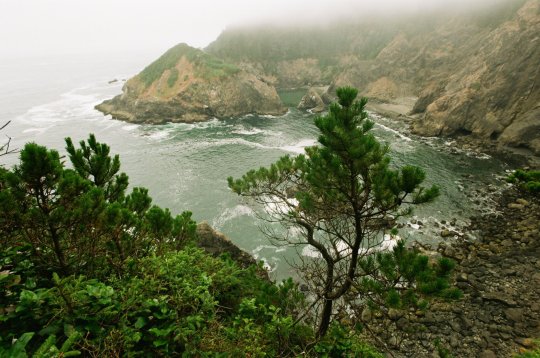

Oregon Coast on film by Dillon Jenkins
#oregon#usa#nature#naturecore#nature aesthetic#beautiful#landscape#greenery#coast#sea#petitworld favs#cottagecore
14K notes
·
View notes
Text

December 2017 PDX Portland Oregon U.S.A.
HACHI🐾✨🦴✨🐾
© KOJI ARAKI Art Works
Daily life and every small thing is the gate to the universe :)
#2017#December#December 2017#PDX#Portland#Oregon#HACHI#My family dog#family dog#Rescued dog#rescued#gsdlove#German Shepherd Dog#gsd#Born in Kathmandu#girl#dog#photographers on tumblr#b&w photography#black and white photography#monochrome photograph#original photography#photography#koji araki art works#iPhone#iPhone photography#iPhone6Plus
21 notes
·
View notes
Text
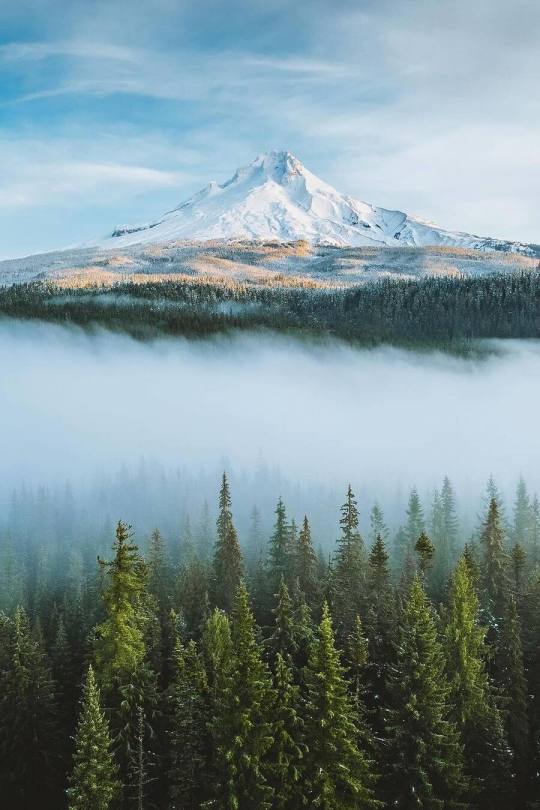
(by jhamilbader)
#vertical#landscape#x#a#watsf#curators on tumblr#mountain#trees#jhamilbader#fog#snow#Mount Hood National Forest#mt hood#oregon
3K notes
·
View notes
Text
The Klamath River’s salmon population has declined due to myriad factors, but the biggest culprit is believed to be a series of dams built along the river from 1918 to 1962, cutting off fish migration routes.
Now, after decades of Indigenous advocacy, four of the structures are being demolished as part of the largest dam removal project in United States history. In November, crews finished removing the first of the four dams as part of a push to restore 644 kilometres (400 miles) of fish habitat.
“Dam removal is the largest single step that we can take to restore the Klamath River ecosystem,” [Barry McCovey, a member of the Yurok Tribe and director of tribal fisheries,] told Al Jazeera. “We’re going to see benefits to the ecosystem and then, in turn, to the fishery for decades and decades to come.” ...
A ‘watershed moment’
Four years later, [after a catastrophic fish die-off in 2002,] in 2006, the licence for the hydroelectric dams expired. That created an opportunity, according to Mark Bransom, CEO of the Klamath River Renewal Corporation (KRRC), a nonprofit founded to oversee the dam removals.
Standards for protecting fisheries had increased since the initial license was issued, and the utility company responsible for the dams faced a choice. It could either upgrade the dams at an economic loss or enter into a settlement agreement that would allow it to operate the dams until they could be demolished.
“A big driver was the economics — knowing that they would have to modify these facilities to bring them up to modern environmental standards,” Bransom explained. “And the economics just didn’t pencil out.”
The utility company chose the settlement. In 2016, the KRRC was created to work with the state governments of California and Oregon to demolish the dams.
Final approval for the deal came in 2022, in what Bransom remembers as a “watershed moment”.
Regulators at the Federal Energy Regulatory Commission (FERC) voted unanimously to tear down the dams, citing the benefit to the environment as well as to Indigenous tribes...
Tears of joy
Destruction of the first dam — the smallest, known as Copco 2 — began in June, with heavy machinery like excavators tearing down its concrete walls.
[Amy Cordalis, a Yurok Tribe member, fisherwoman and lawyer for the tribe,] was present for the start of the destruction. Bransom had invited her and fellow KRRC board members to visit the bend in the Klamath River where Copco 2 was being removed. She remembers taking his hand as they walked along a gravel ridge towards the water, a vein of blue nestled amid rolling hills.
“And then, there it was,” Cordalis said. “Or there it wasn’t. The dam was gone.”
For the first time in a century, water flowed freely through that area of the river. Cordalis felt like she was seeing her homelands restored.
Tears of joy began to roll down her cheeks. “I just cried so hard because it was so beautiful.”
The experience was also “profound” for Bransom. “It really was literally a jolt of energy that flowed through us,” he said, calling the visit “perhaps one of the most touching, most moving moments in my entire life”.
Demolition on Copco 2 was completed in November, with work starting on the other three dams. The entire project is scheduled to wrap in late 2024.
[A resilient river]
But experts like McCovey say major hurdles remain to restoring the river’s historic salmon population.
Climate change is warming the water. Wildfires and flash floods are contaminating the river with debris. And tiny particles from rubber vehicle tires are washing off roadways and into waterways, where their chemicals can kill fish within hours.
McCovey, however, is optimistic that the dam demolitions will help the river become more resilient.
“Dam removal is one of the best things we can do to help the Klamath basin be ready to handle climate change,” McCovey explained. He added that the river’s uninterrupted flow will also help flush out sediment and improve water quality.
The removal project is not the solution to all the river’s woes, but McCovey believes it’s a start — a step towards rebuilding the reciprocal relationship between the waterway and the Indigenous people who rely on it.
“We do a little bit of work, and then we start to see more salmon, and then maybe we get to eat more salmon, and that starts to help our people heal a little bit,” McCovey said. “And once we start healing, then we’re in a place where we can start to help the ecosystem a little bit more.”"
-via Al Jazeera, December 4, 2023
#indigenous#river#riverine#ecosystem#ecosystem restoration#klamath#klamath river#oregon#california#yurok#fishing#fisheries#nature is healing#literally this time lol#united states#dam removal#climate change#conservation#sustainability#salmon#salmon run#water quality#good news#hope#rewilding#ecology#environment
5K notes
·
View notes
